That ‘Best By’ Date is Lying to You: A Pro’s Guide to Opened Pantry Food
After a couple of decades working in busy kitchens and teaching people about food, I’ve learned one lesson that’s more important than any fancy knife skill: the ‘best by’ date on a package isn’t a magical force field. The second you crack that seal, a brand new countdown timer starts. So many of the pantry staples we think will last forever—flour, nuts, even ketchup—can go bad way faster than you’d think.
In this article
- First Things First: Is It Dangerous or Just… Blah?
- What’s Actually Making Your Food Go Bad?
- The Real Deal on Sauces and Condiments
- Fats and Oils: Winning the War on Rancidity
- Your Dry Goods Aren’t as Dry as You Think
- Coffee and Spices: The Flavor Evaporates
- Your Action Plan: How to Master Your Pantry
- Inspiration:
This isn’t about being wasteful. To be frank, it’s about respecting your food, your money, and your health. I learned this lesson the hard way. Early in my career, I was part of a team that baked a huge batch of bread for a catering gig using flour from a bin that had been open way too long in a humid stockroom. The final product had this awful, musty taste. We had to scrap the whole order and start over. It was an expensive, embarrassing lesson on how air, moisture, and time are the ultimate enemies of freshness.
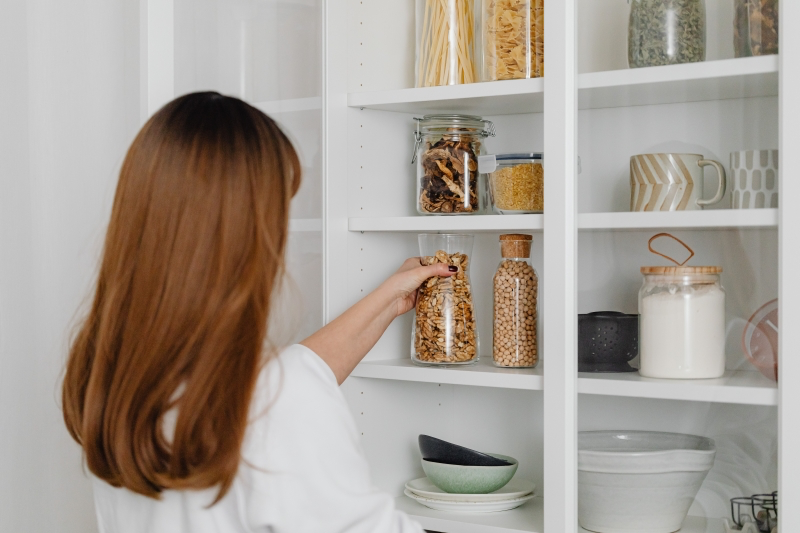
So, let’s talk about what’s really going on in your pantry, so you can avoid making the same mistakes.
First Things First: Is It Dangerous or Just… Blah?
This is probably the most important question, so let’s get it out of the way. Some foods just lose their pizazz, while others become genuinely risky. It’s crucial to know the difference.
- Just Blah (Quality Issue): This is when a food just doesn’t taste good anymore. Think spices that have lost their punch, coffee that tastes like cardboard, or soy sauce that’s just salty without any complex flavor. It won’t make you sick, but it will ruin your dinner.
- Dangerous (Safety Risk): This is when microbes have taken over. We’re talking about mold on nuts (which can produce invisible toxins), any discoloration or sour smell in mayonnaise (thanks to its egg content), or fuzzy spots on old bread. When it comes to safety, your motto should be simple: when in doubt, throw it out. It’s never worth the risk.
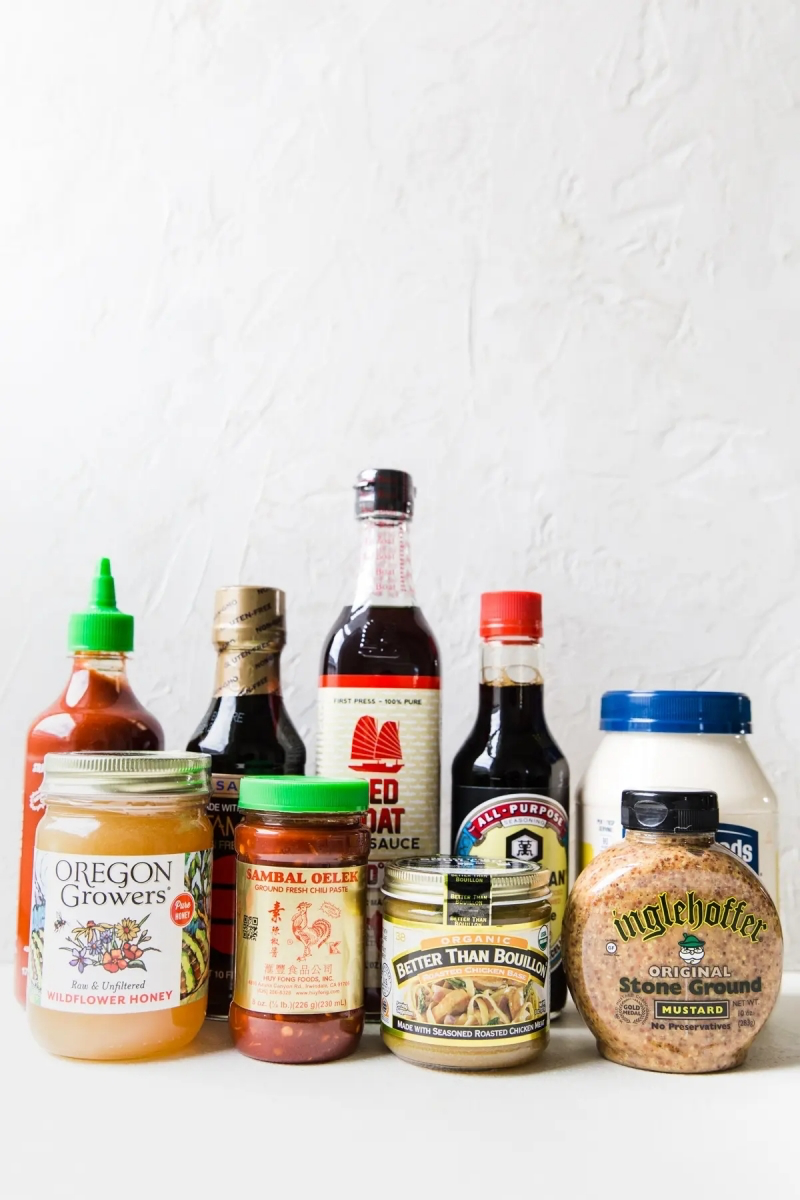
What’s Actually Making Your Food Go Bad?
To protect your food, you gotta know your enemy. It really comes down to three main culprits that are just waiting to ruin your ingredients once you open them: oxygen, moisture, and microbes. Heat and light just make them work faster.
1. Oxygen (The Stale-Maker): Air is great for us, but it’s terrible for fats. When oxygen attacks fats and oils, it causes them to go rancid. That’s a process called oxidation—the same thing that makes a cut apple turn brown. It creates gross, waxy, or paint-like flavors and destroys vitamins. Anything high in fat is a prime target: nuts, seeds, whole-grain flours, and cooking oils.
2. Moisture (The Mold-Starter): Dry goods seem safe, right? But things like flour, spices, and crackers are like thirsty sponges. They suck up moisture from the air, especially in humid kitchens. Once they get damp enough, they start to clump, go stale, and become a perfect breeding ground for mold.
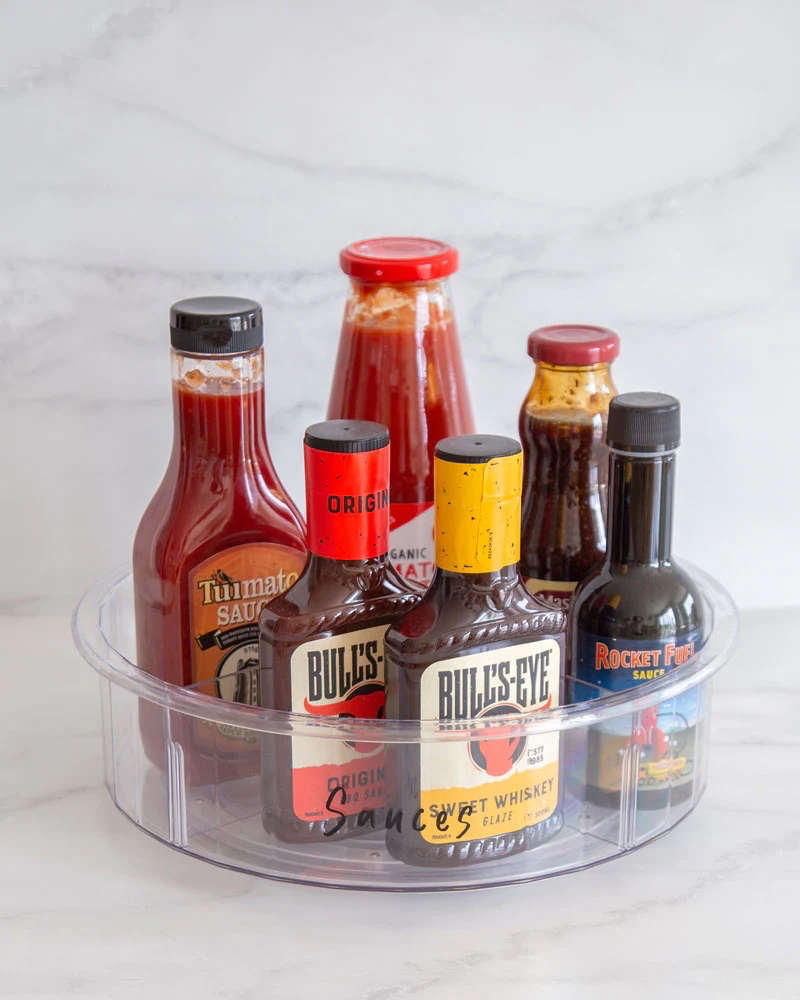
3. Microbes (The Uninvited Guests): The air is teeming with microscopic bacteria, molds, and yeasts. A factory-sealed jar is sterile inside, but the moment you open it, you’ve invited them all to the party. Molds can show up as fuzzy spots, while yeasts can cause fermentation, leading to sour, boozy smells in things like old ketchup.
The Real Deal on Sauces and Condiments
That bottle of ketchup seems like it could survive an apocalypse, but its defenses are only strong when it’s sealed. Once opened, it’s a different story.
Ketchup & BBQ Sauce: These are loaded with acid (usually vinegar) and sugar, which does a great job of keeping most bacteria away. But some yeasts and molds don’t mind the acid. You might notice the sauce getting watery or darker. A faint, wine-like smell or tiny bubbles near the cap are dead giveaways that yeast is at work. In the fridge, an opened bottle is good for about 4 to 6 months before the quality really nosedives.
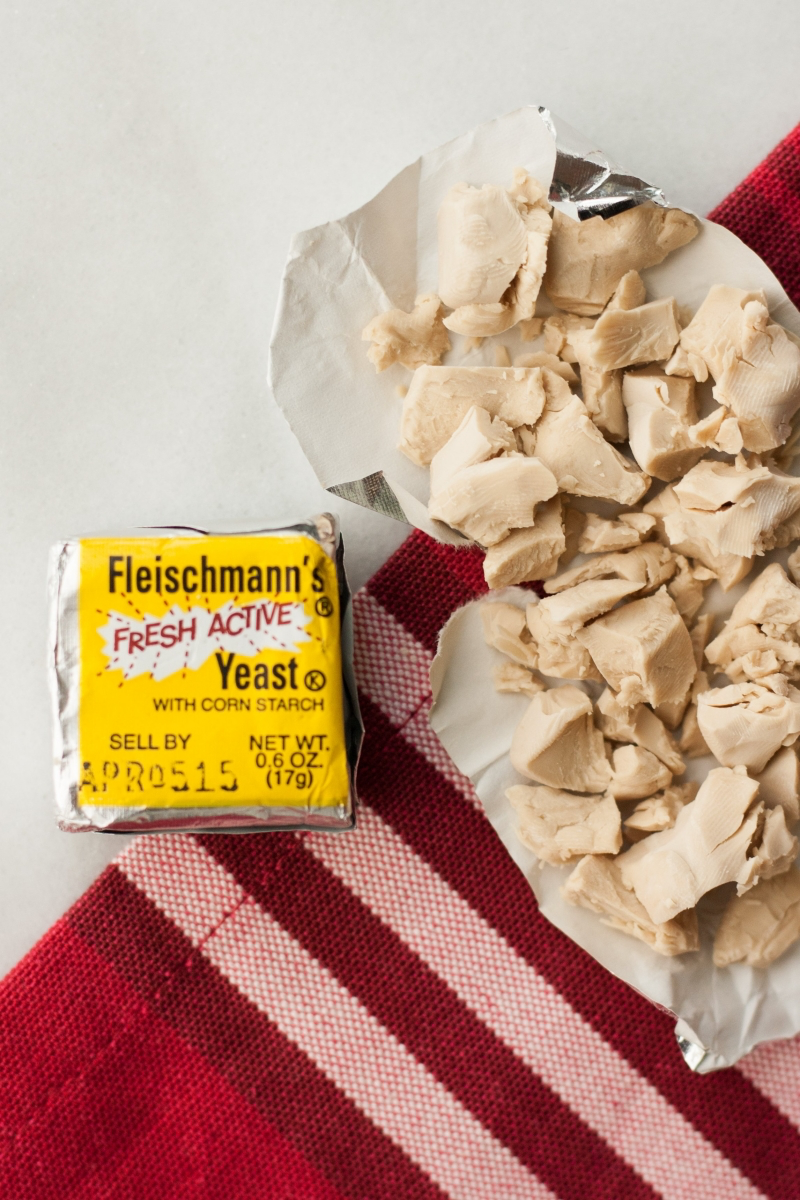
Mayonnaise: Okay, listen up, because this one is important. Commercial mayo is pretty safe when you first open it, but the risk is all about contamination. If you dip a crumb-covered knife into the jar, you’ve just delivered a buffet for microbes. Because of the egg content, you should never mess around with mayo. Once opened, it belongs in the fridge and you should aim to use it within two months. If you EVER see pinkish or brownish streaks, or if it smells even slightly off, throw it away. No exceptions.
Soy Sauce: This one is a survivor, thanks to its super-high salt content. Spoilage isn’t really the issue here; it’s flavor. Oxygen will slowly dull its complex taste, making it taste flat or a little metallic. To keep it tasting its best, I always store opened soy sauce in the fridge. It easily lasts a year or more in there without losing its magic.
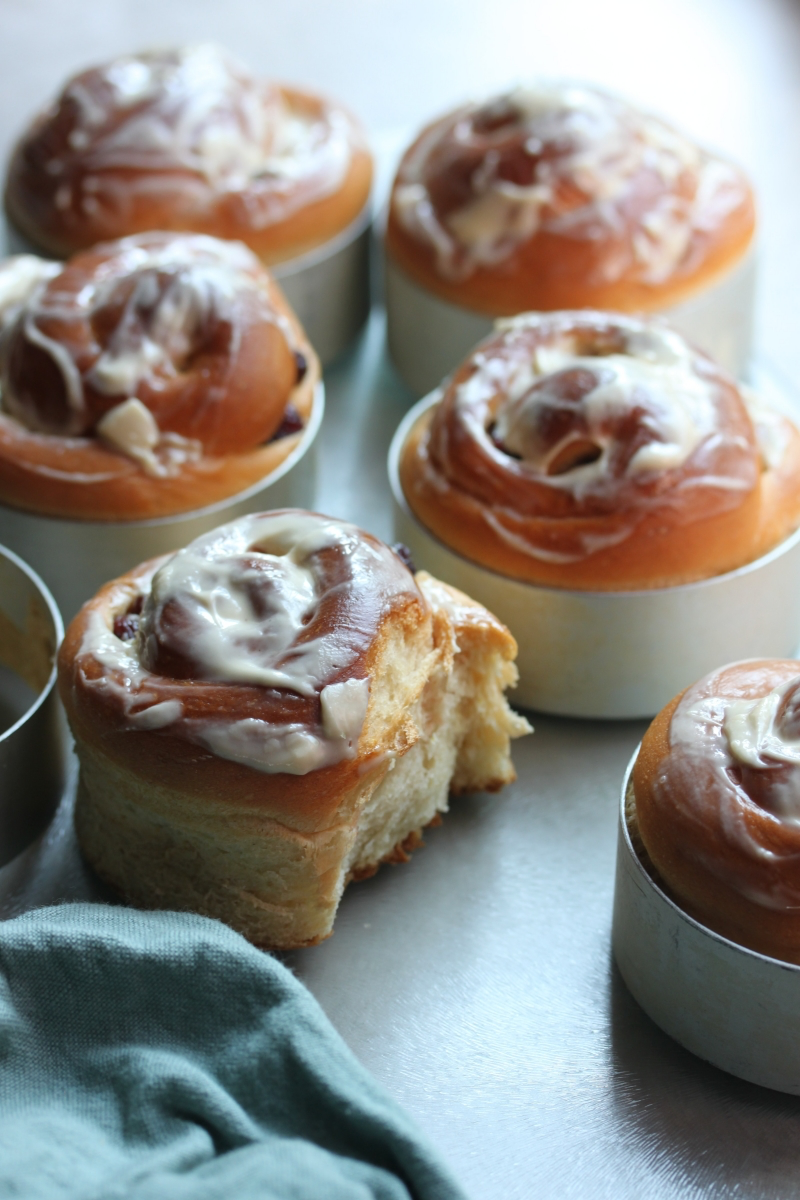
Fats and Oils: Winning the War on Rancidity
Rancid oil is one of the fastest ways to ruin a meal. It’s that “off” flavor you can’t quite place, and it comes from oils being attacked by heat, light, and air.
Cooking Oils (Olive, Vegetable, etc.): Heads up! That spot next to your stove is the absolute WORST place to keep your cooking oil. The constant heat will make it go rancid in record time. A cool, dark cabinet is your best bet. Light is just as bad, which is why good olive oil often comes in dark green bottles or metal tins. My advice? Buy oil in a size you can realistically use within 2 to 3 months of opening. That giant jug from the big-box store is no bargain if half of it goes bad. If your oil smells like crayons or old putty, it’s rancid. DUMP it.
Nuts and Seeds: Nuts are full of healthy but delicate oils. This makes them super prone to going rancid. Walnuts and pecans can go bad in just a few weeks on the counter. Almonds and cashews last a bit longer. The best way to store them after opening is in an airtight container in the fridge (good for up to six months) or, even better, the freezer.
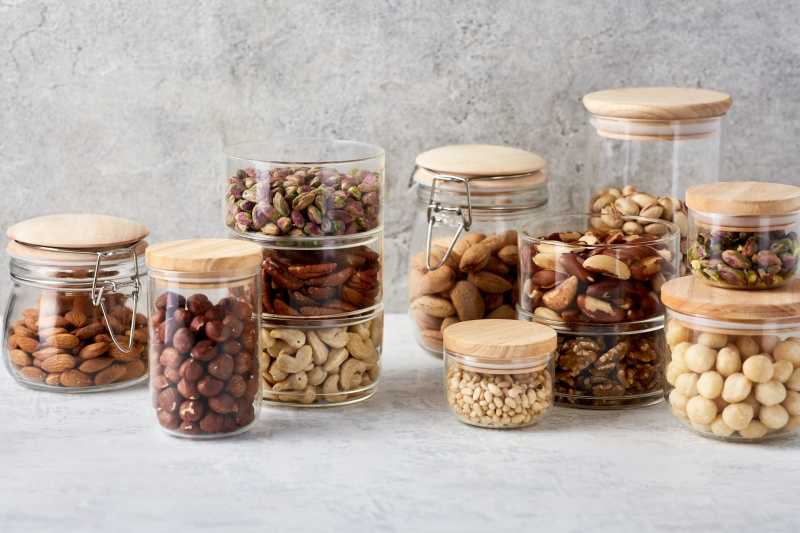
Quick tip: For freezer storage, just pour them into a freezer-safe Ziploc bag, squeeze out as much air as you can, and toss them in. They’ll last for a year or more. And when it comes to buying nuts, try to get them from a place with high turnover. Avoid those open-air bulk bins. Sealed bags are a much safer bet, as they offer better protection against moisture and contaminants like aflatoxins, which are nasty compounds from mold.
Your Dry Goods Aren’t as Dry as You Think
This is where moisture and pests can really sneak up on you.
Flour: This one is a biggie. Standard all-purpose white flour is pretty stable because the oily parts of the wheat kernel (the bran and germ) have been removed. In a good airtight container, it’ll last 6-8 months in the pantry. But whole wheat flour is a completely different animal. It still has that oily germ, which means it can go rancid in as little as one month at room temperature. It will give your bread a bitter, almost burnt flavor. I always store my whole grain flours (wheat, rye, spelt) in the freezer. It preserves them perfectly. Oh yeah, a pro trick: when you buy a new bag of any flour, stick it in the freezer for 48 hours first. This kills any pantry pest eggs that might have hitched a ride from the mill.
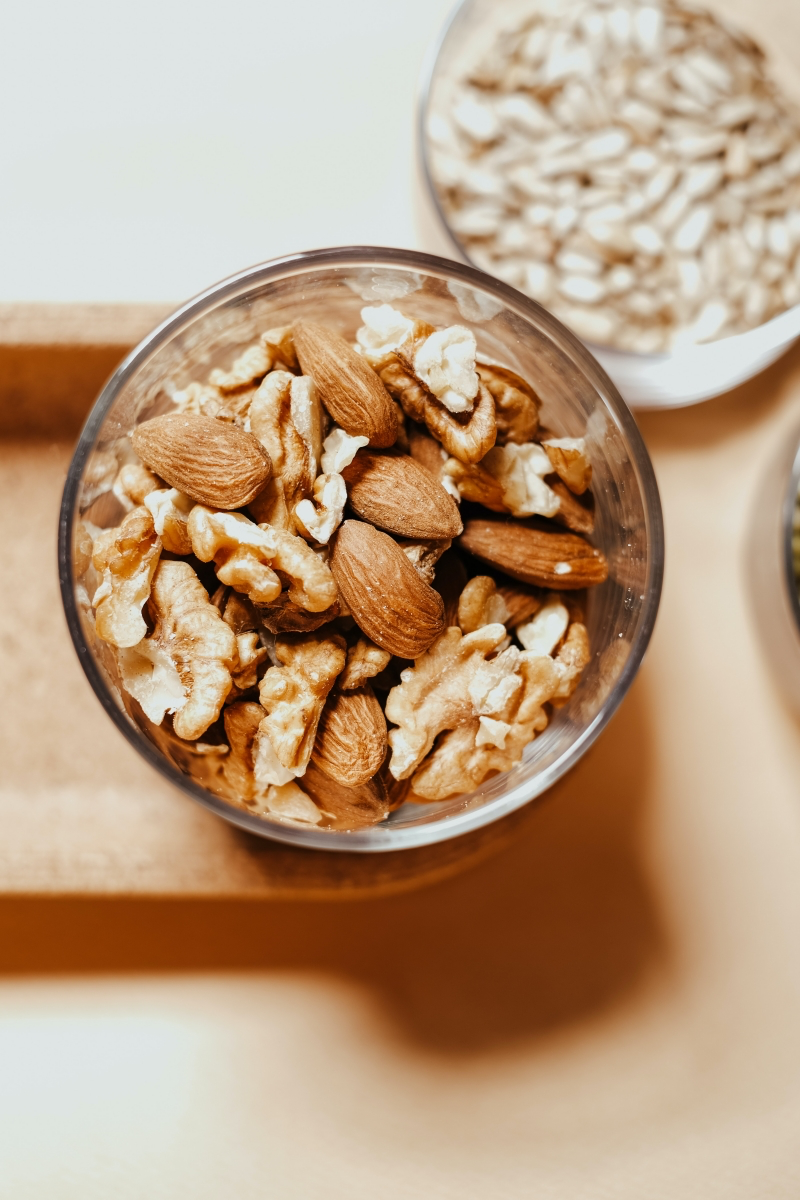
Rice and Pasta: Plain white rice and regular dry pasta are champs. As long as you keep them dry and away from pests in an airtight container, they’ll last almost indefinitely. Brown rice, however, is like whole wheat flour—it contains oils in its bran layer. It will go rancid. Store opened brown rice in an airtight container in the fridge (6 months) or freezer (a year) to keep it from developing an oily, off-flavor.
Brown Sugar: The enemy of brown sugar isn’t spoilage, it’s turning into a brick. This happens when its moisture evaporates. To keep it soft, store it in an airtight container. If it’s already hard, you can toss in a slice of bread or a special terracotta brown sugar saver (they cost about $5 online) for a day to soften it right up.
Honey: Honey is basically magic. It’s so low in moisture and so acidic that it literally never spoils. It might crystallize over time, but that’s not a sign of it going bad. Just place the jar in a bowl of warm water for a bit and it will turn back into liquid. Never store honey in the fridge, as that will speed up crystallization.
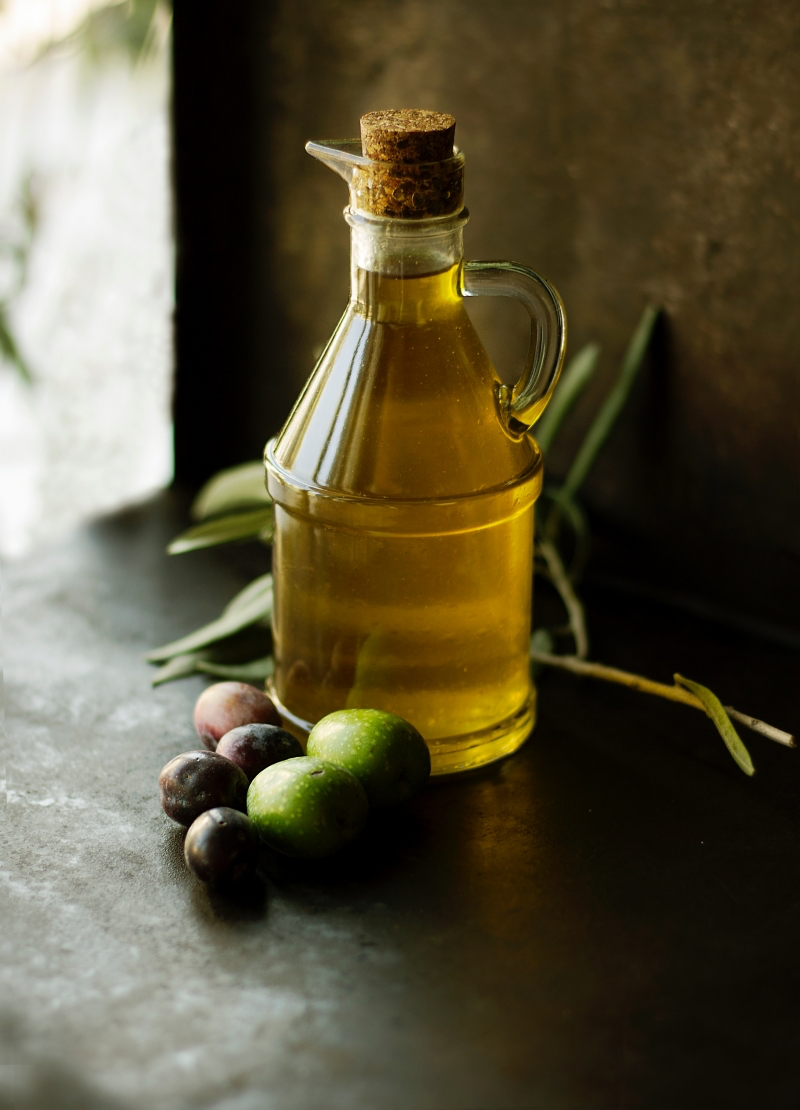
Coffee and Spices: The Flavor Evaporates
With these, you’re fighting to preserve their aroma, which comes from volatile oils.
Coffee: Ground coffee starts going stale in a matter of days once opened. Whole beans are better, protecting the flavor for a couple of weeks. The best method? Buy whole beans in small quantities and store them in an opaque, airtight container in a cool cabinet (NOT the freezer—condensation is the enemy!). Grind only what you need right before you brew. It’s a small step that makes a world of difference.
Ground Spices: That spice rack over your stove? It’s cute, but it’s a flavor graveyard. Heat and light destroy the essential oils that give spices their kick. A cool, dark drawer is so much better. Your paprika won’t make you sick, but after six months, it’s mostly just red dust. To check a spice, rub a little in your palm. If the aroma is weak or dusty, it’s time for a replacement. Buying whole spices like peppercorns and nutmeg and grinding them yourself is the ultimate pro move for flavor.
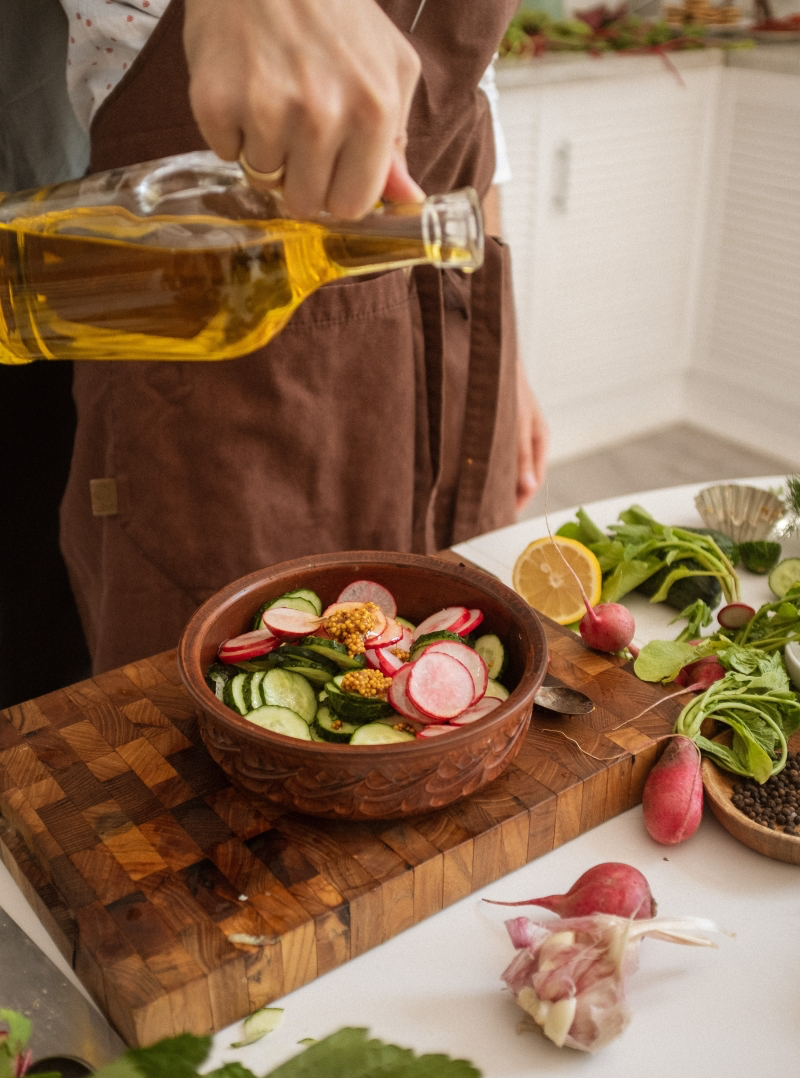
Your Action Plan: How to Master Your Pantry
Okay, ready to take control? It’s easier than you think. This isn’t about some complicated system; it’s about a few smart habits.
1. First, Do a Pantry Audit. Seriously. Pull everything out. Get honest about that jar of chutney you’ve had for ages. Check for anything that smells off, looks weird, or is just ancient. Be ruthless. This gives you a clean slate.
2. Label Everything. This is the #1 rule. Grab some masking tape and a Sharpie. The second you open something, write the date on it. Your memory will fail you, but the label won’t. This simple habit, which costs less than $5, eliminates all the guesswork.
3. Get the Right Containers. You don’t need to spend a fortune, but good storage is a game-changer. Here are some options:
- Glass Jars with Lids: Perfect for pasta, rice, and beans. They’re non-porous and you can see what’s inside. A dozen mason jars can cost as little as $15-$20 at Target or a hardware store.
- Airtight Plastic Containers: Great for flour, sugar, and cereals. Look for ones with a silicone seal. A good set of OXO-style containers might run you $30-$60, but they last forever.
- Opaque Containers: Essential for coffee, tea, and spices to protect them from light.
4. Use Your Fridge and Freezer. They aren’t just for leftovers! They are preservation tools. Nuts, seeds, whole-grain flours, and most opened condiments belong in the cold. It dramatically extends their life.
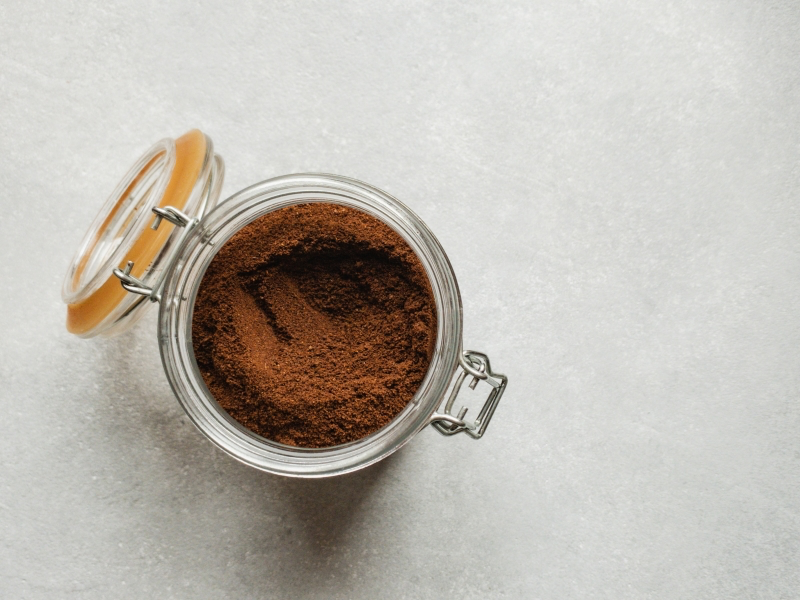
5. Buy Smaller. That giant economy-sized bag of whole wheat flour is not a bargain if you throw half of it away because it went rancid. Buy smaller amounts of things you use slowly. It ensures freshness and actually saves money in the long run.
By understanding what your ingredients are up against, you’re no longer just a consumer—you’re a smart, knowledgeable cook. And that, honestly, is one of the most valuable tools you can have in the kitchen.
Inspiration:
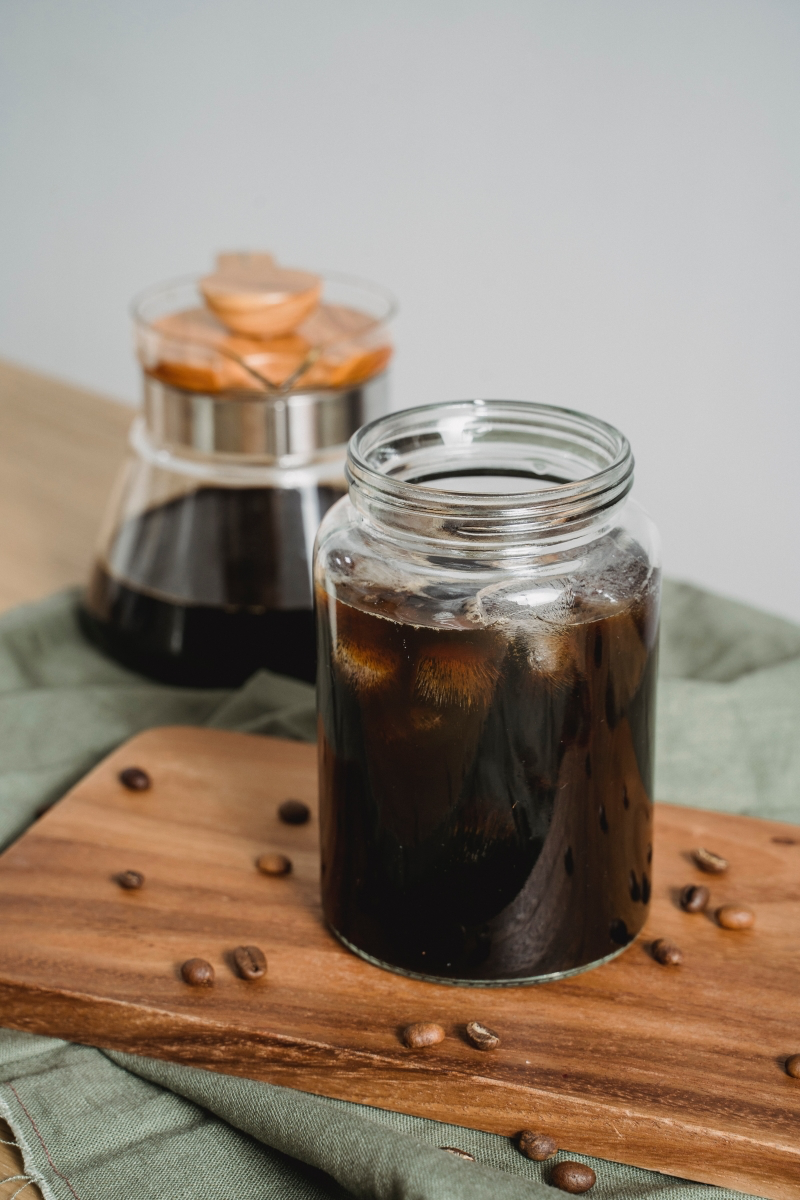
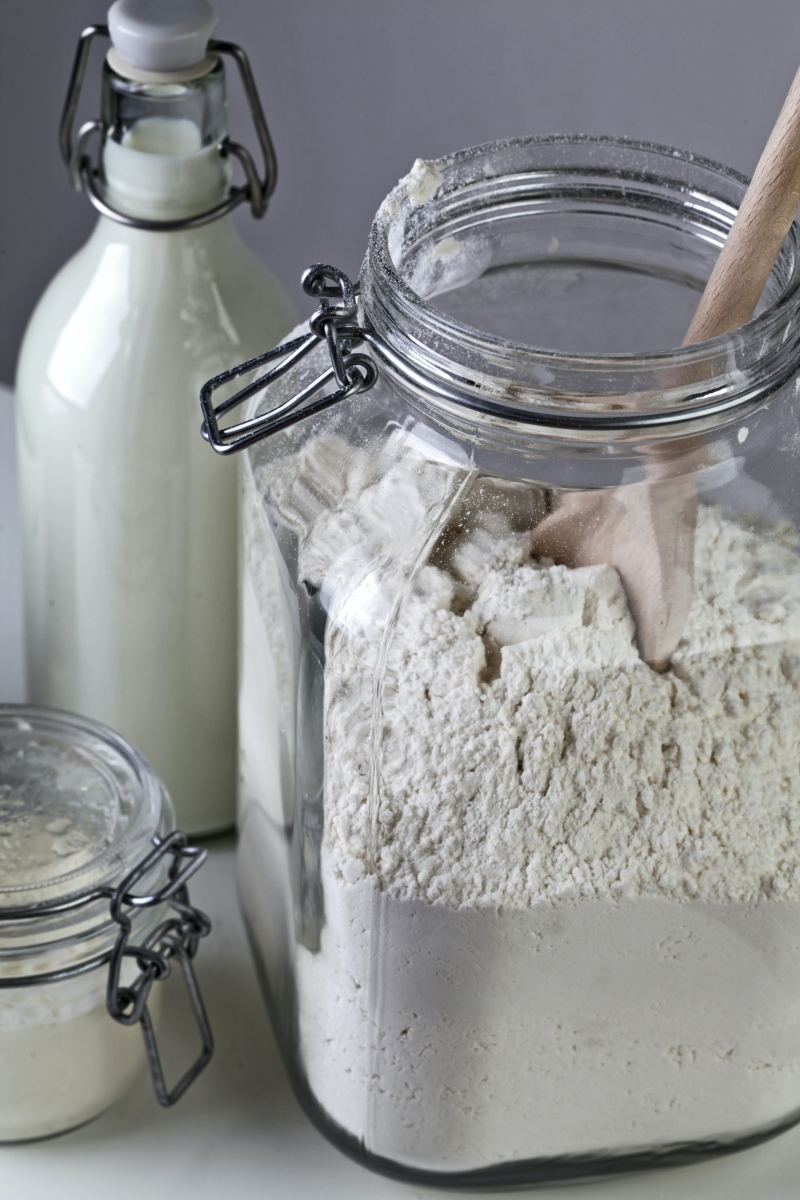
Standard Airtight Containers: Great for everyday access to flour or sugar, these containers (like the popular OXO Pop line) protect against pests and moisture. They slow down oxidation but don’t stop it completely.
Vacuum Sealing: For expensive or infrequently used items like walnuts, pine nuts, or whole coffee beans, a vacuum sealer from a brand like FoodSaver is a game-changer. By removing most of the oxygen, it dramatically extends freshness and prevents oils in nuts from going rancid.
For long-term storage, vacuum sealing is the undisputed winner.
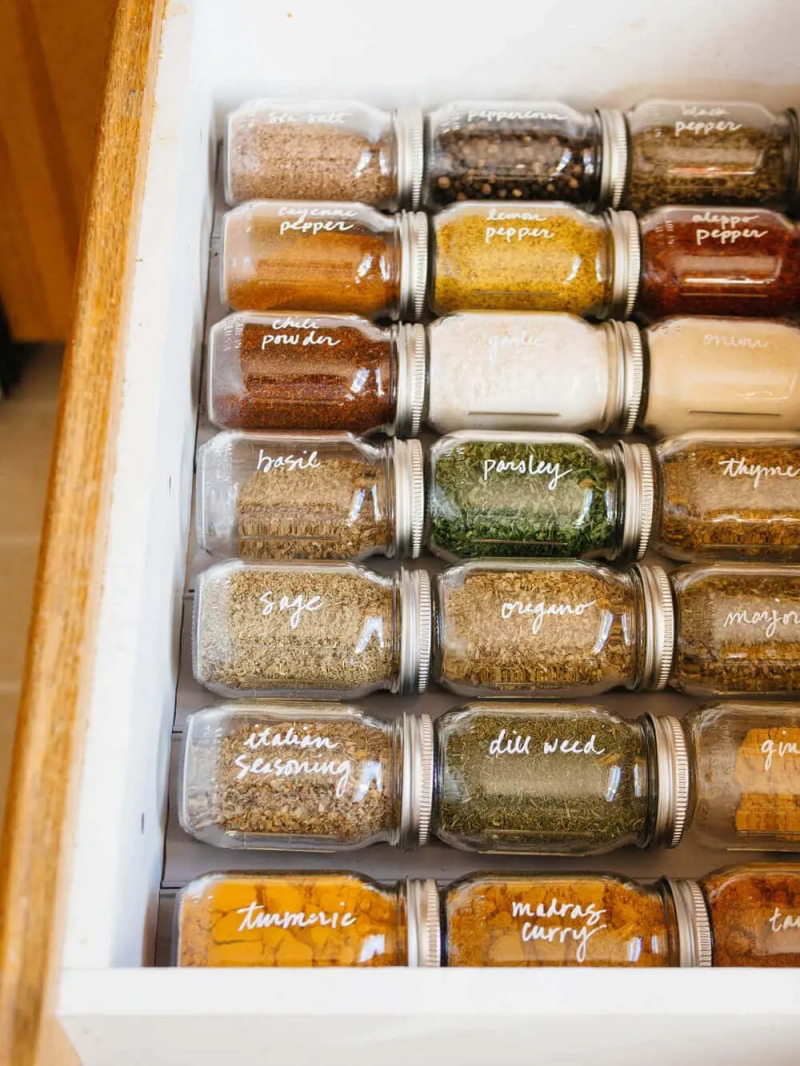
Most ground spices lose up to 40% of their essential oils and aromatic potency within six months of being opened.
That doesn’t just mean your paprika is less red; it means its flavor is a ghost of its former self. This is why a dish can sometimes taste
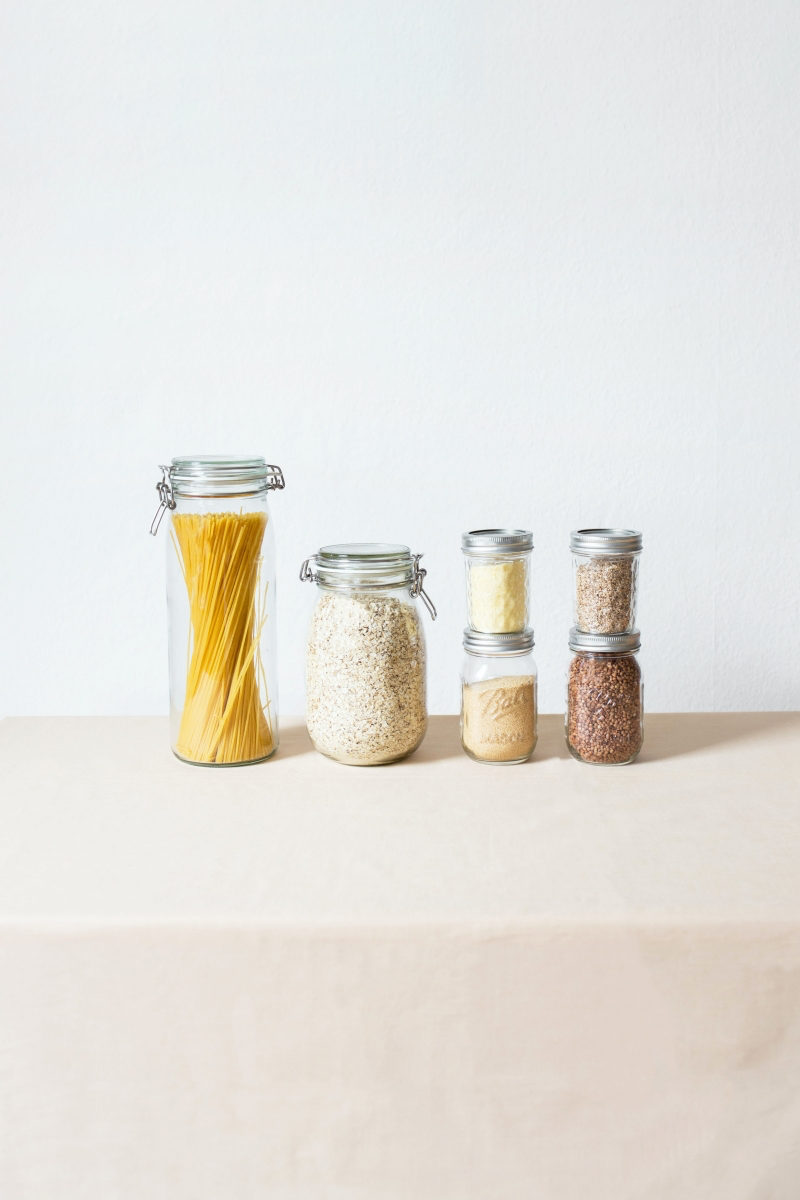
Is it really that bad to keep cooking oil next to the stove?
Yes, it’s one of the fastest ways to ruin it. Heat and light are the arch-enemies of oils, causing them to go rancid far more quickly. That beautiful bottle of extra-virgin olive oil will lose its peppery notes and develop a waxy, crayon-like taste. The best spot is always a cool, dark cupboard, away from the heat of the oven and direct sunlight. Your taste buds will thank you.
Your ingredients’ best defense is a good container. Beyond just being










